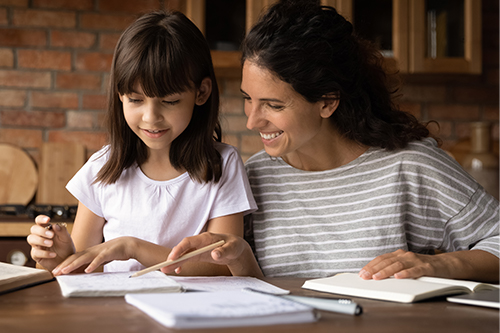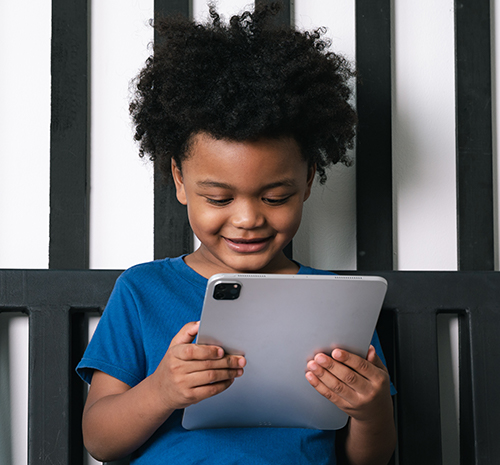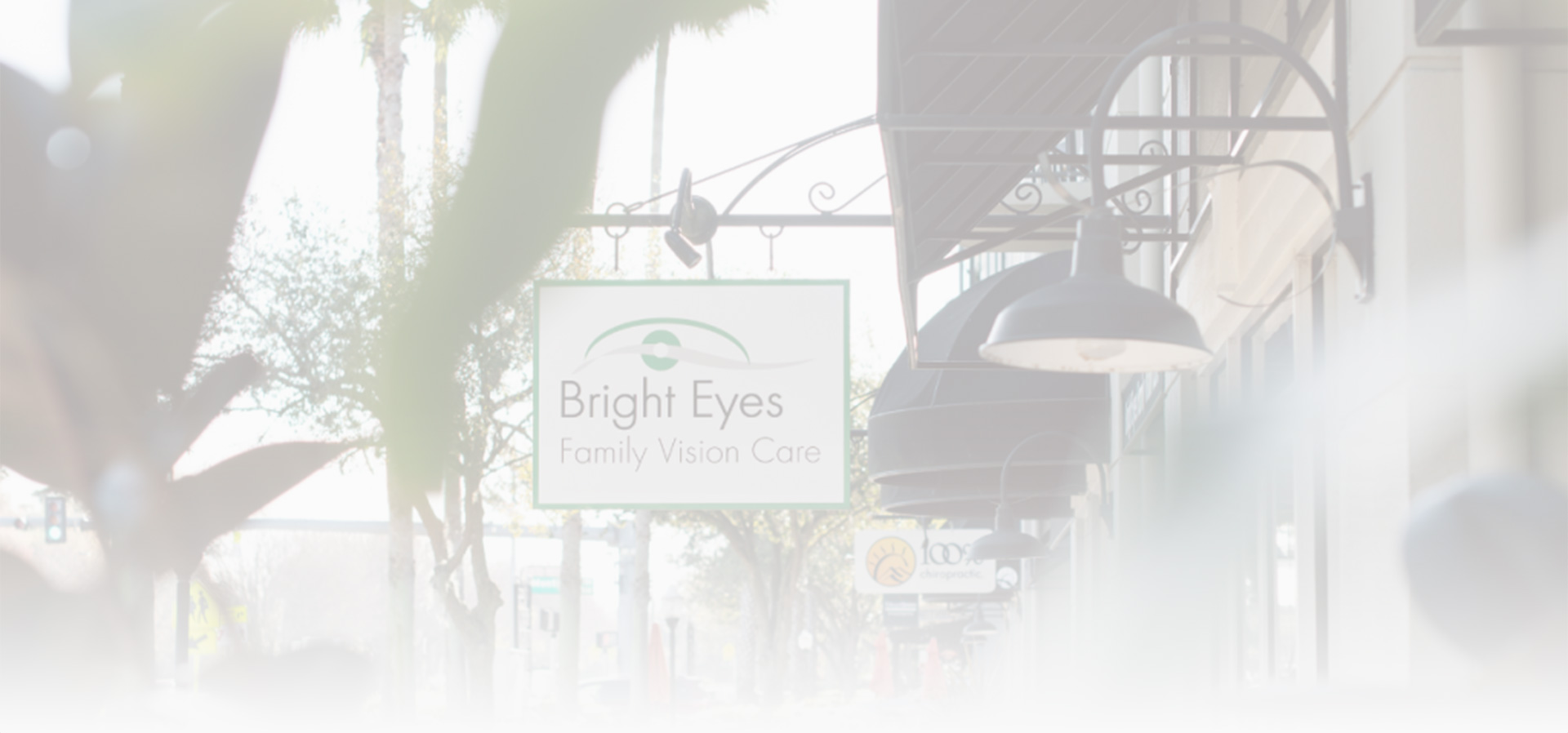
Many of our patients homeschool. It is a special opportunity to help a child learn. It may also come with certain specific visual challenges. This guide and checklist below are tools that can help you identify visual problems that may be interfering with your child’s academic performance or making schoolwork more difficult.
Why is homeschooling different?
Visually, homeschool can be different for two reasons. First, can be eyestrain. If homeschoolers spend much more time reading books and using technology such as laptops or iPads than students in the traditional classroom setting, this close work can put them at much higher risk for visual fatigue, and other visual problems.
Second, some students have developmental eye movement and focusing problems that is making learning to read more difficult. As a homeschool educator, you have a unique opportunity to keenly observe your child’s visual behaviors while they are doing schoolwork. Some parents notice unusual visual behaviors like head tilting in young children. But some symptoms like finger guiding and slow reading are expected in children under age 7.
But as your child progresses, you may notice symptoms on the checklist affecting your child’s confidence in reading and schoolwork. Some children enter 1st grade with high readiness scores, do well the first few years, and then collapse academically in the 4th or 5th grade. Sometimes this can be attributed to an undiagnosed vision problem that shows up when the child faces more visually demanding assignments.
In addition, visual performance deficiencies often go unrecognized in brighter children. This is in part because they use compensation skills very well. We see symptoms such as unusually slow reading, skipping lines, or avoidance of reading aloud that may not be apparent at first. This may become more noticeable after a child switches from “learning to read” to “reading to learn.”
Vision is more than 20/20!
Even if someone can see small letters on a chart 20 feet away, it doesn’t mean they have the visual skills needed to easily and comfortably read, play sports, use computers, or even see 3-D movies!
Many children with 20/20 eyesight (with or without glasses) may still have vision problems that affect learning, such as poor eye movement skills, difficulty focusing, poor eye-hand coordination, or lack of visual form perception.
Dr. Bonilla-Warford and Dr. Knighton evaluate a variety of visual skills in children and adults. These include:

- Eye Movement Skills: Skills like tracking words across a page or following a ball across a field can make reading and sports challenging.
- Eye Teaming Skills: Using both eyes together is essential for clear vision when reading. When eyes do not team accurately, a child may experience double or blurry vision.
- Eye Focus Control: The inability to change focus quickly and accurately at all distances can lead to eye fatigue and headaches.
- Eye-Hand Coordination: Handwriting, sports, and computer usage can all be affected when a child cannot accurately match what they see and what they do.
- Visual Perception: Cognitive skills like memory, discrimination of shapes and letters, and spatial analysis are intricately linked to the ability to understand what we see.
What can a parent do?
First, we recommend a comprehensive eye exam, preferably by an optometrist who specializes in pediatrics or developmental optometry. Additional testing may be necessary to fine-tune a diagnosis and treatment plan. If a child’s vision issues are identified early in childhood, treatment can begin before a simple problem becomes more complex and a child “gives up” academically.
Additionally, there are steps than can be taken to reduce the eyestrain.
- Ensure that desks and chairs are the right size for your children
- Follow the 20/20/20 Rule
- Use caution with screen time (see video below)
- Use glasses as prescribed for everyday use or specifically for schoolwork
- To limit the risk of children becoming nearsighted ensure children get plenty of outside time
Vision Therapy and Homeschool Families
Sometimes vision problems require Vision Therapy at Bright Eyes Family Vision Care and Bright Eyes Kids involves a combination of in-office therapy (usually once a week) and home-based therapy several days a week. Homeschool parents work with their children every day, and find it relatively simple to add home therapy activities to their daily routine. A one-time materials fee includes all the supplies needed for home therapy, as well as instructions for the assigned activities.
Visual Symptom Checklist

These symptoms may indicate a potential vision problem:
Physical Behaviors:
- One eye turns in or out
- Squinting, rubbing eyes, blinking
- Head tilting, closing one eye
- Finger guiding during reading
Complaints:
- Headaches, especially after reading
- Burning or itchy eyes
- Double vision, blurry vision
- Words move on the page
- Does not like reading
- Frustration with near work
- Tired when reading
Performance Clues:
- Frequent loss of place
- Skipping words or lines
- Omits or inserts letters or words
- Poor reading comprehension
- Difficulty copying chalkboard
- Avoidance of near work
- Inconsistent performance
- Smart in everything but school
If you notice many of these symptoms, contact our office to learn more about vision problems effectively treated.





